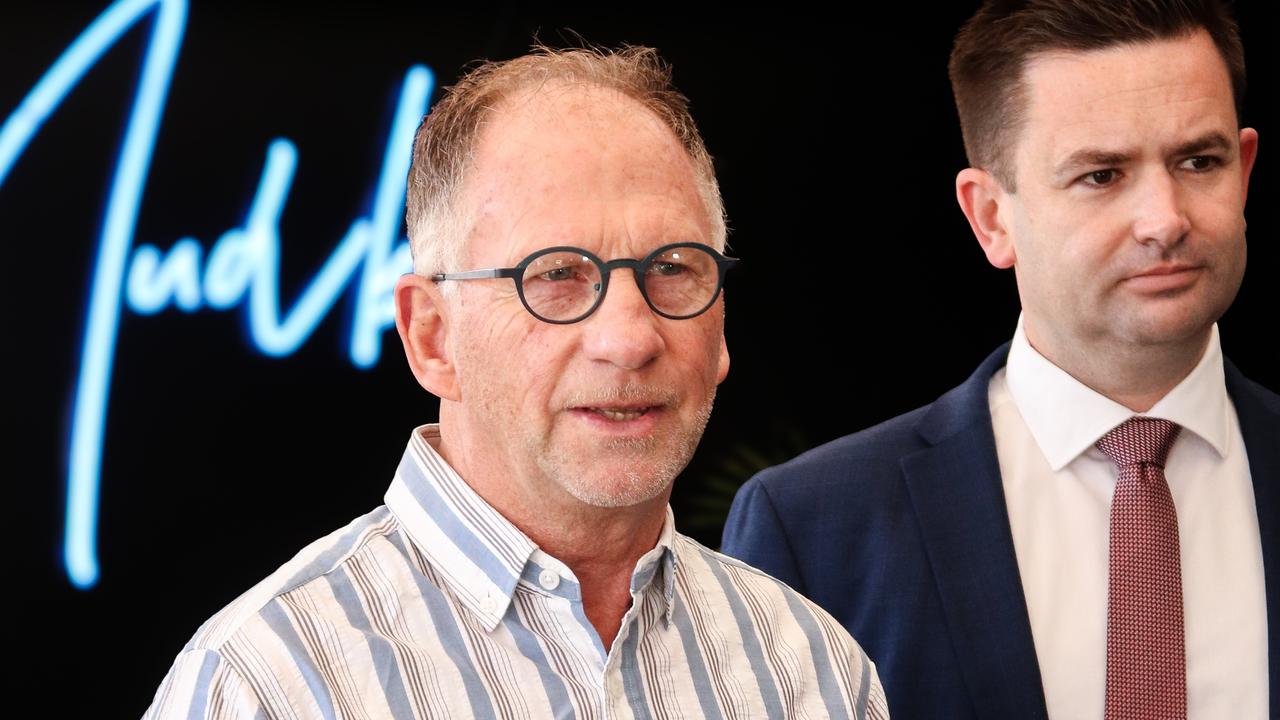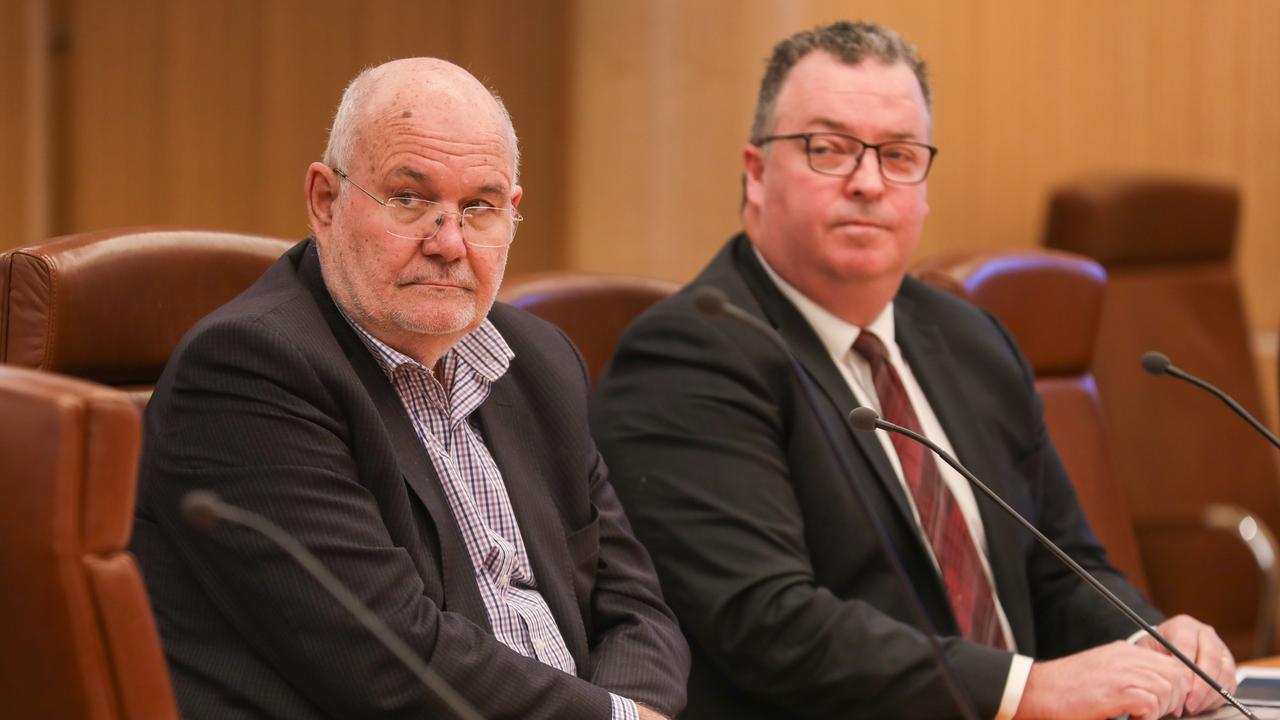Wildlife biologist Nick Mooney believes thylacine resurrection would send wrong message about extinction
Researchers are closer than ever before to bringing back the thylacine, but a wildlife biologist has questioned whether it's a good idea. Why he’s sceptical.
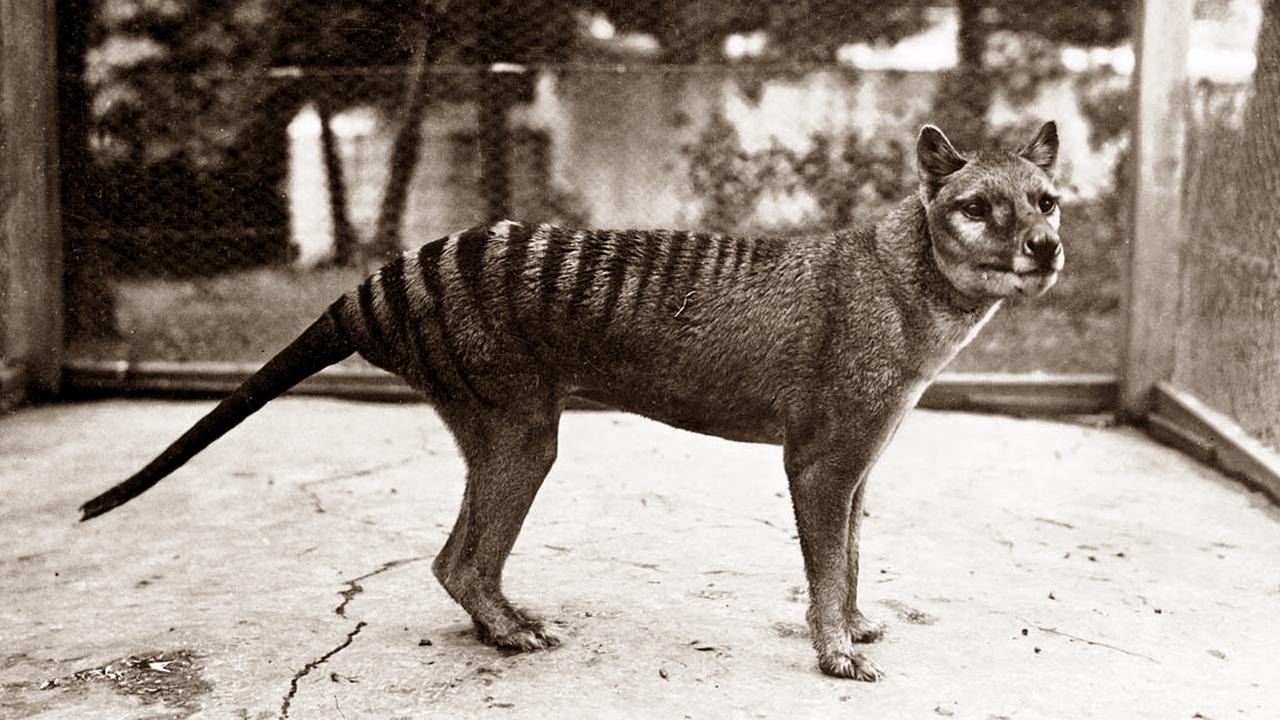
Tasmania
Don't miss out on the headlines from Tasmania. Followed categories will be added to My News.
A Tasmanian wildlife expert who spent decades investigating reports of Tasmanian tiger spottings says there’s a danger to the idea of resurrecting the thylacine.
U-S based company, Colossal Laboratories and Biosciences is collaborating with Australian scientist Andrew Pask to bring back the extinct thylacine, something they say is well within the realms of science and technology.
They’ll be meeting with stakeholders in Hobart on Tuesday.
But wildlife biologist Nick Mooney was sceptical about the idea of creating an genuine thylacine.
“If they’re combining genes from different animals, you really don’t know what you’re going to end up with, it’s probably just a freak show,” Mr Mooney said.
“We’re running a risk here of inventing species and not actually reconstructing.”
Mr Mooney said if it were successful, it would send the wrong message to the public.
“I think it’s incredibly dangerous to teach people extinction isn’t forever,” he said.
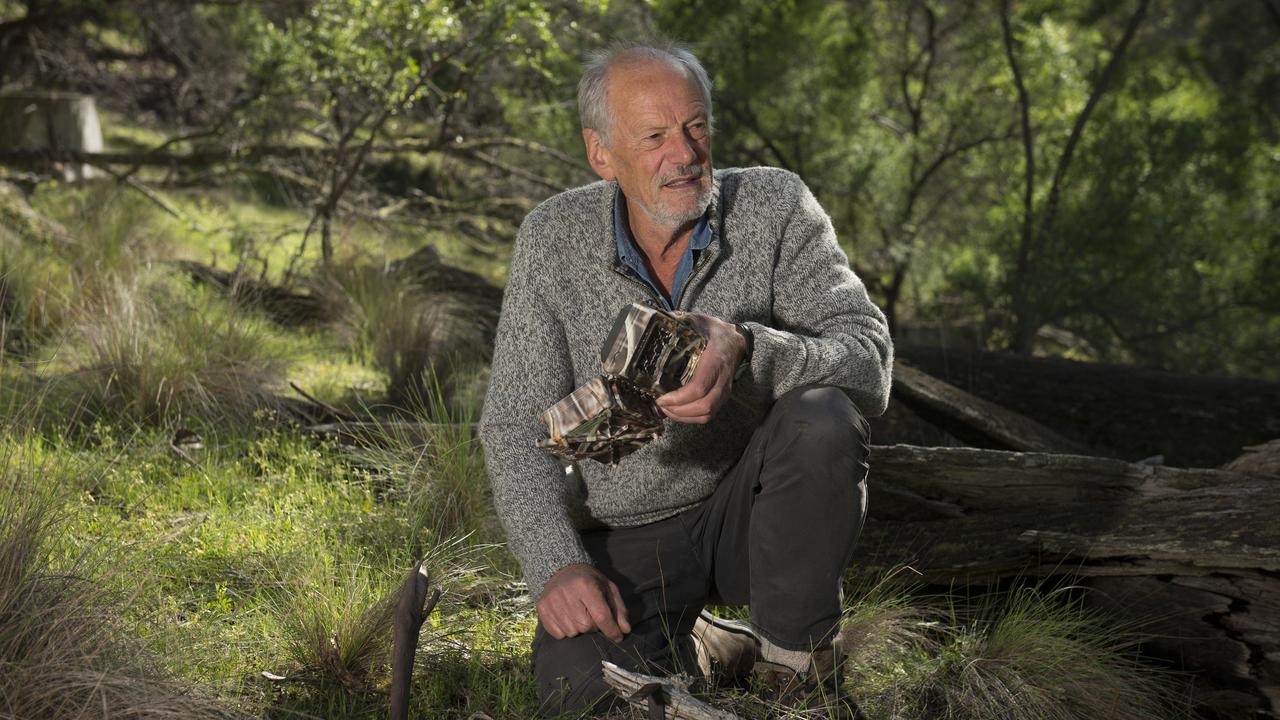
“What results is people think ‘we can fix it all later’, it distracts from the hard yard of nature conservation.
“People love getting complacent, they’re always looking for an easy way out, and hundreds of threatened species, a lot of people will stop worrying so much.”
The team working on the thylacine have said it would be beneficial to the Tasmanian ecosystem.
Mr Mooney said it would be good in theory.
“To have enough of these animals to positively influence the ecology, I just can’t imagine it,” he said.
“I think it’s naive to tell people it will stabilise the ecology.
“They’d have to be numbers comparable to what they were originally, that’d be thousands throughout Tasmania.”
He also didn’t believe the animals would truly be wild.
“I think the animals would be so valuable, it’s utter fantasy that they’d be let loose in the bush,” he said.
“If this company did manage to reconstruct them, I think they’d be stuck in a fenced area.”
Mr Mooney said even if the program were successful and could reintroduce thylacines back into the wild, a lot of people would be opposed to it.
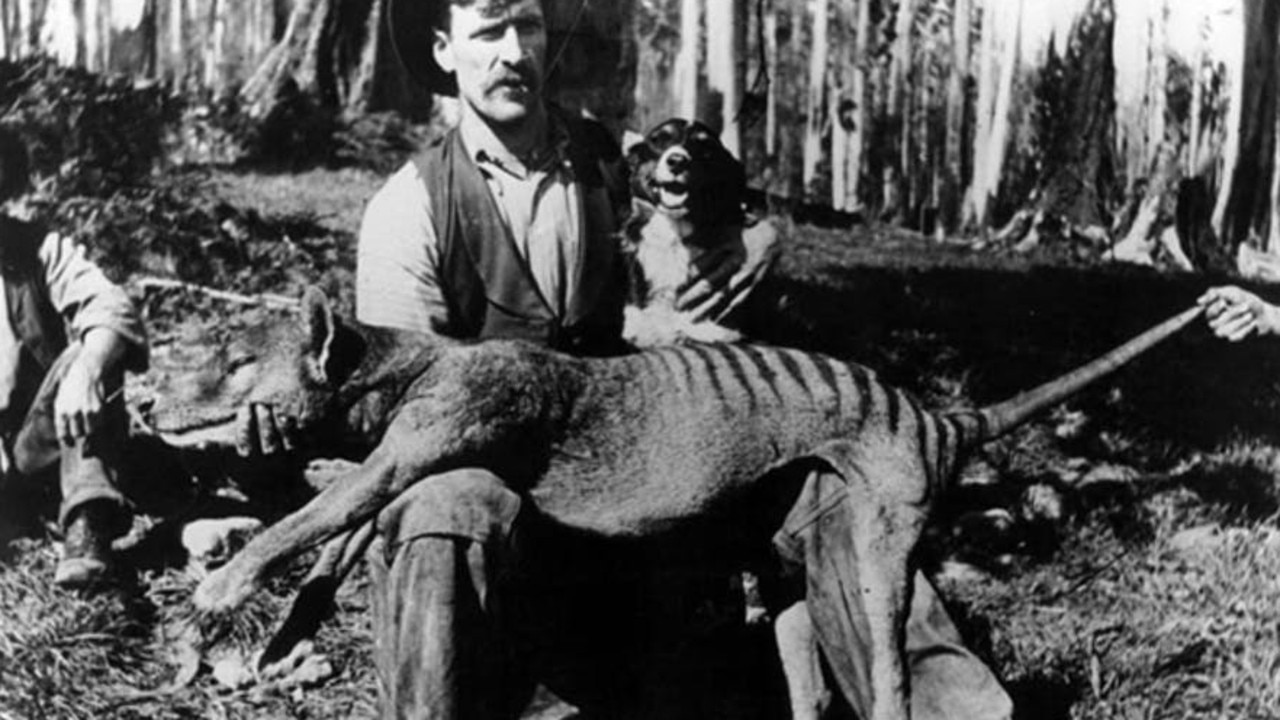
“People don’t want big carnivores roaming the landscape, you’ve only got to google what happens with dingoes on the mainland,” he said.
“There’s great resistance to reintroducing wild cats and lynx to places like England.
“I think there would be a great deal of concern from sheep owners.”
Thylacine resurrection ‘is going to happen’ as researchers edge closer
October 20, 5am
The thylacine will be resurrected; It’s no hoax, nor is it misplaced hope, say a group determined to bring back the extinct Tasmanian marsupial.
For 15 years, it’s an idea that’s been explored by developmental biology professor from the University of Melbourne Andrew Pask.
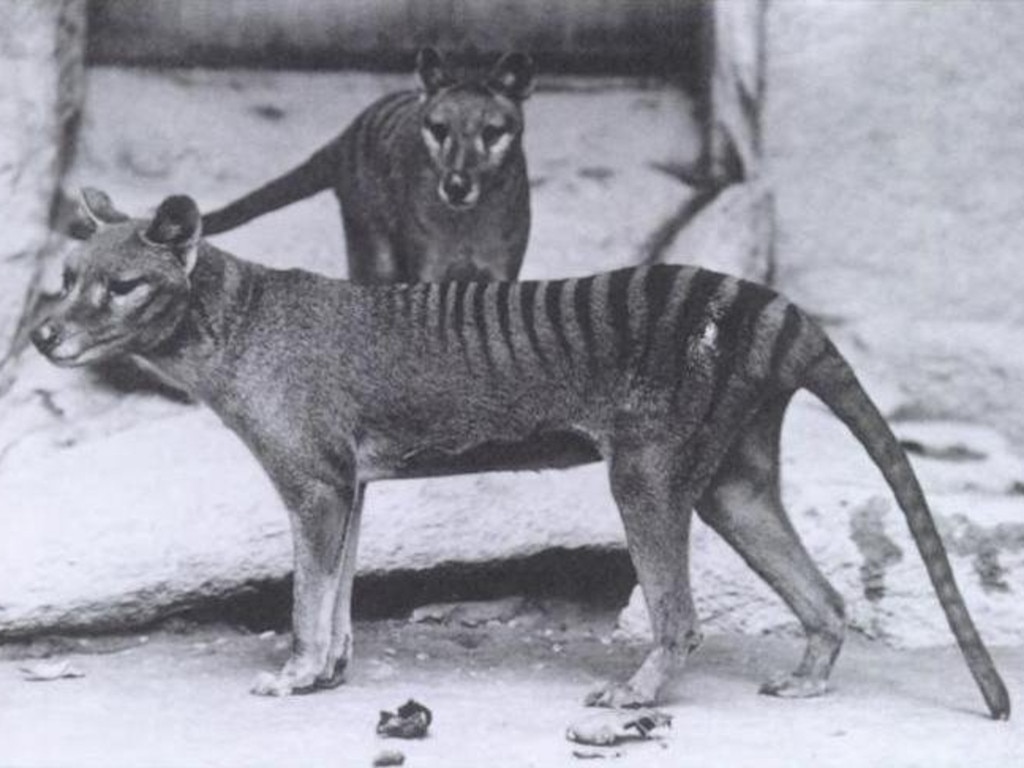
Now he’s teamed up with American company Colossal Laboratories and Biosciences which is leading the charge to bring back not just the thylacine, but also the woolly mammoth and the dodo.
Colossal co-founder and CEO Ben Lamm said the team was making “incredible and tremendous progress” on the thylacine.
“We have an incredibly large and incredibly skilled team on it,” he said.
“It’s an opportunity to really work on something so iconic.
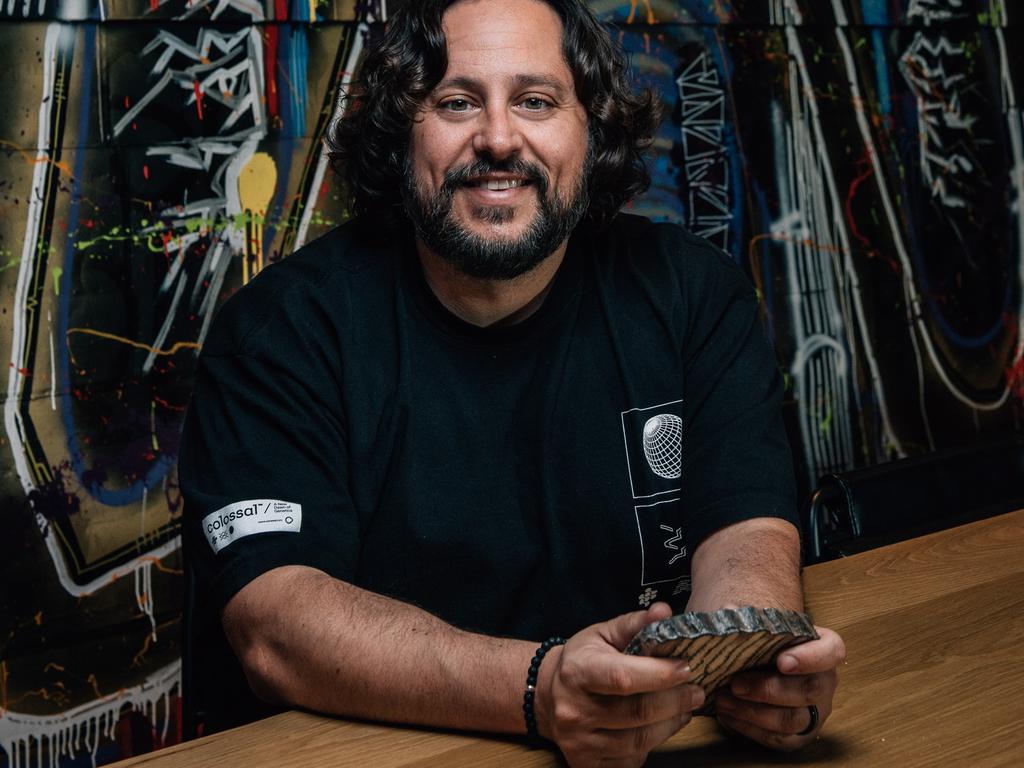
“It’s barely out of memory’s reach, but it’s close enough that it’s almost reachable, where people almost believe it’s still here.”
Professor Pask and Mr Lamm will both be in Hobart next week to update Tasmanian stakeholders on the project.
They say producing an actual Tasmanian tiger may be some years away, but they intend to travel to Tasmania at least once a year with a progress report.
“We feel it’s important to meet with governments, meet with private landowners, meet with the public at large, meet with Aboriginal leaders, not to get people’s blessing for the work we’re doing, but to be collaborative,” Mr Lamm said.
“We do not have Tassie tigers yet, so it’s not like there’s a big unveiling on Tuesday but we really want to be working with all these different stakeholders from day one.”
Is this real?
Though the idea may seem one of fiction for many, Mr Lamm says the resurrection of the thylacine will happen.
“The time to do this is really now, it was not really feasible before,” Mr Lamm said.
“I think there have been other attempts in the past without the level of resources, the amount of commitment … We are 100 per cent committed at Colossal. This will happen.
“When we have thylacines and Andrew is holding a thylacine pup, I think maybe those naysayers might say, ‘Ah they did do it’.”
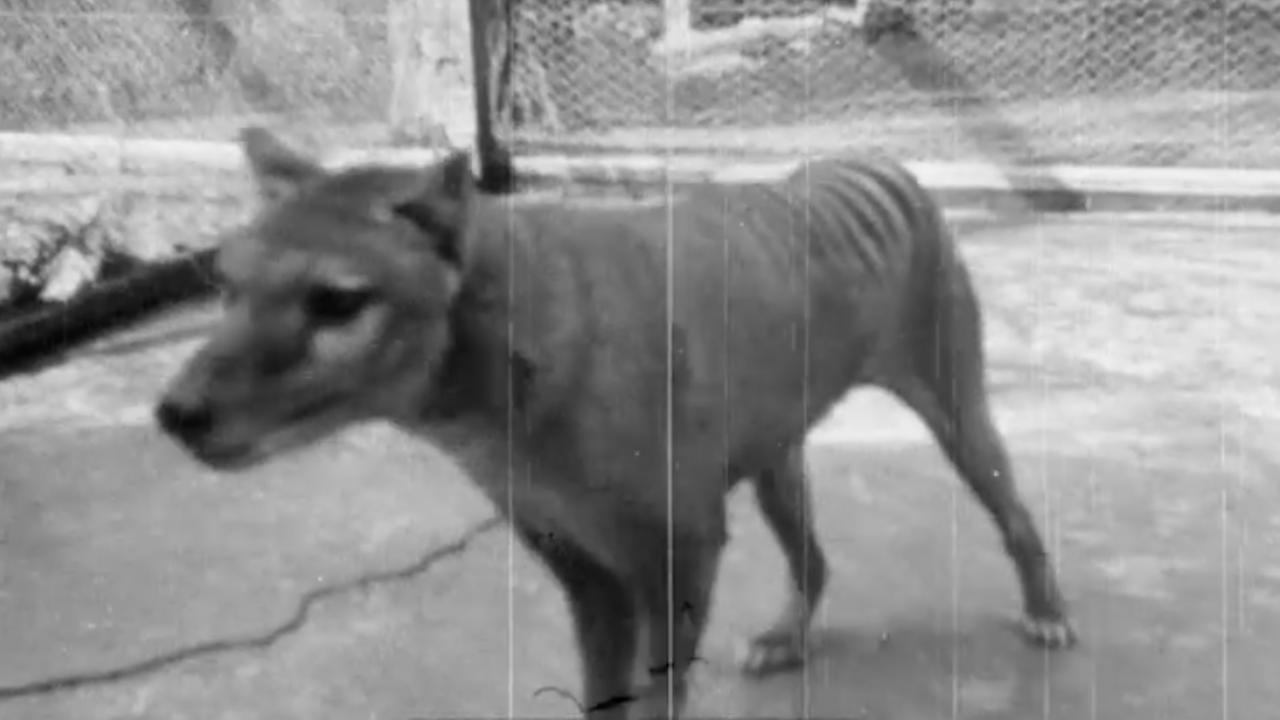
Mr Lamm said the technology already existed. He said that they had already had success with creating marsupial stem cells, were developing artificial wombs and were now working on the “gene editing phase”.
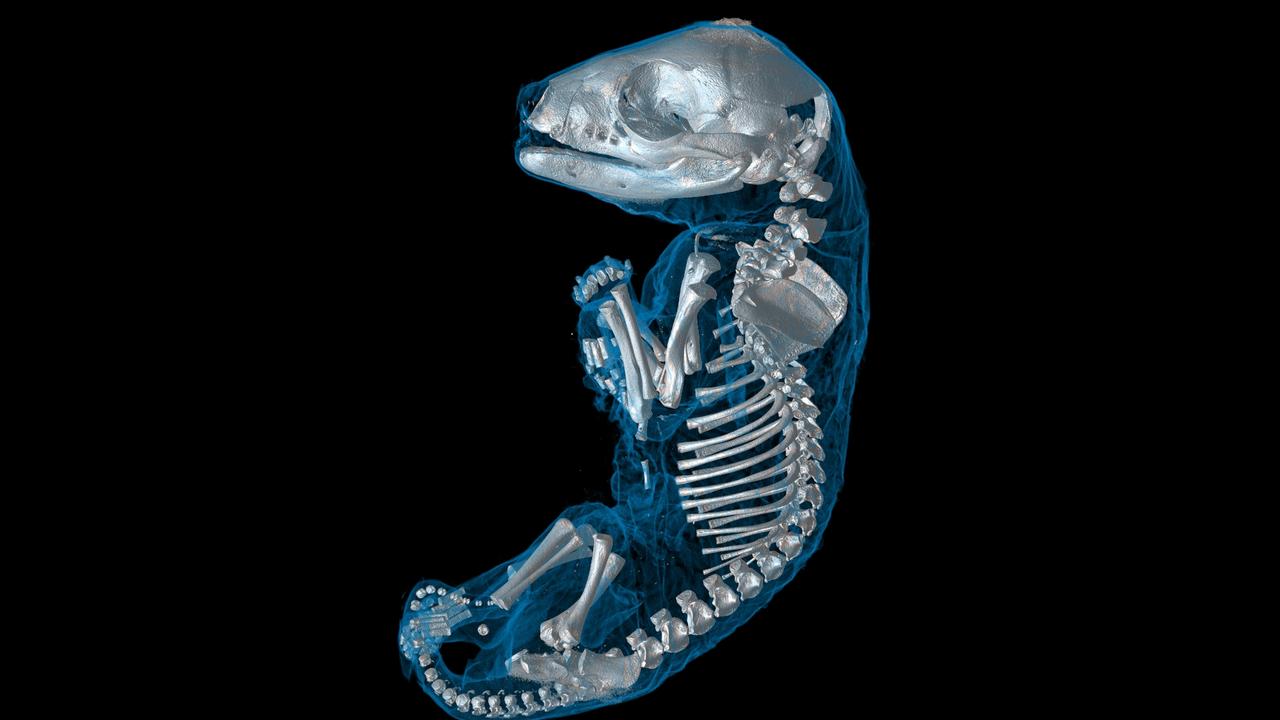
“Think of it as instead of us going in and editing or knocking out a piece of the genome, we’re actually assembling, like with Lego blocks, big pieces of the genome that are actually the way we want it,” he said.
Professor Pask said the project was “absolutely doable”.
“There’s no magic required to make this happen,” he said.
“We know how to do assisted reproductive technologies, things like IVF, we know how to do cloning, we know how to do embryo transfers, we know how to do gene editing.
“We’ve been able to edit genes for decades and that’s all that we’re doing with this project, it’s just gene editing on a scale that hasn’t been done before.”
Why bring back the thylacine?
Professor Pask said the goal was to be able to release a thylacine into the wild.
He said the animal, when it was alive, played a crucial role in the Tasmanian ecosystem and food web.
“That’s where we have to make sure we’ve engineered the thylacine to as exact a copy as is possible with the technologies we have. That will take some time, that will take more years,” he said.

“In the near future we will start to have the first iterations showing the technology’s working, showing we can get a thylacine shaped animal.”
The pair said bringing back the marsupial would also help with animals on the brink of extinction, including the Tasmanian devil.
“It will change how we think about biodiversity and the planet,” Professor Pask said.
“We know we’re in the middle of this sixth mass extinction and we’re losing animals all across the globe and I think the reality is we are not good at conserving animals and stopping them from going extinct.
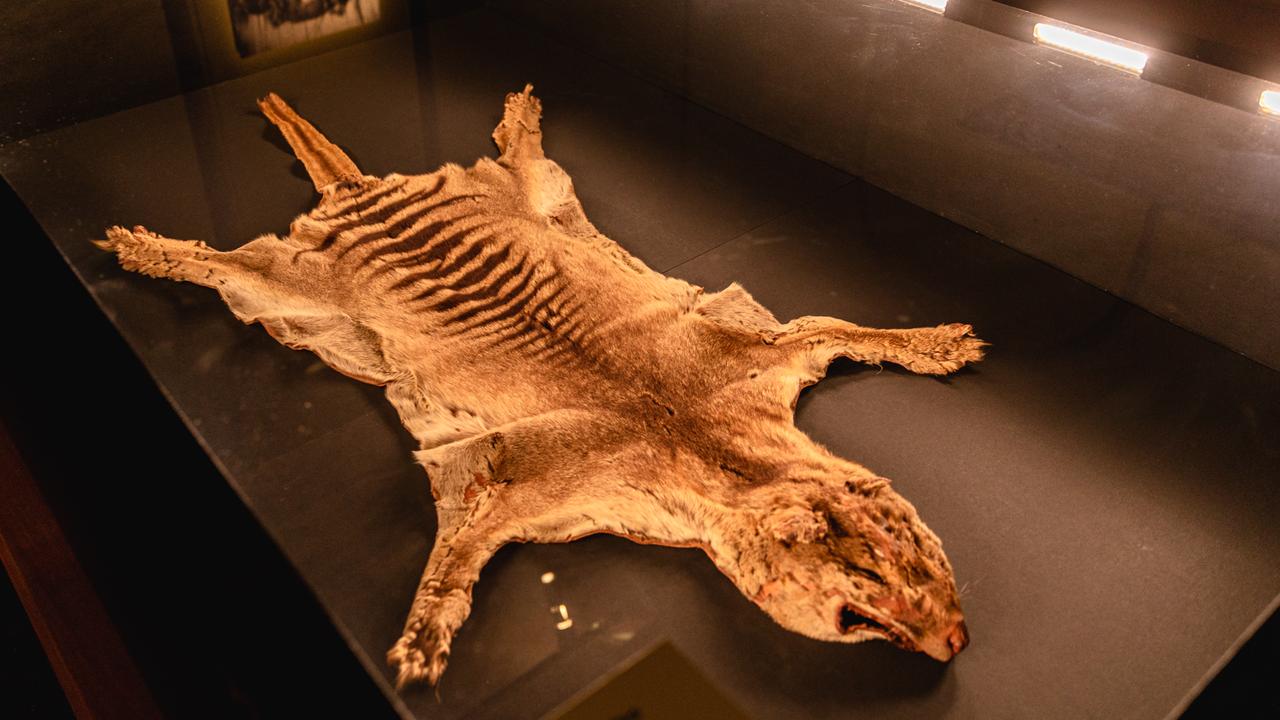
“Beyond the thylacine, it’s just about having this technology that where there are animals that have been lost … we’ll be able to use this technology to be able to bring some of those animals back.
“It’s not just about stopping or putting the brakes on losing animals on our planet, we can actually reverse that now and go back and bring back some of the species we were too careless to save at the time.”
More Coverage
Originally published as Wildlife biologist Nick Mooney believes thylacine resurrection would send wrong message about extinction






